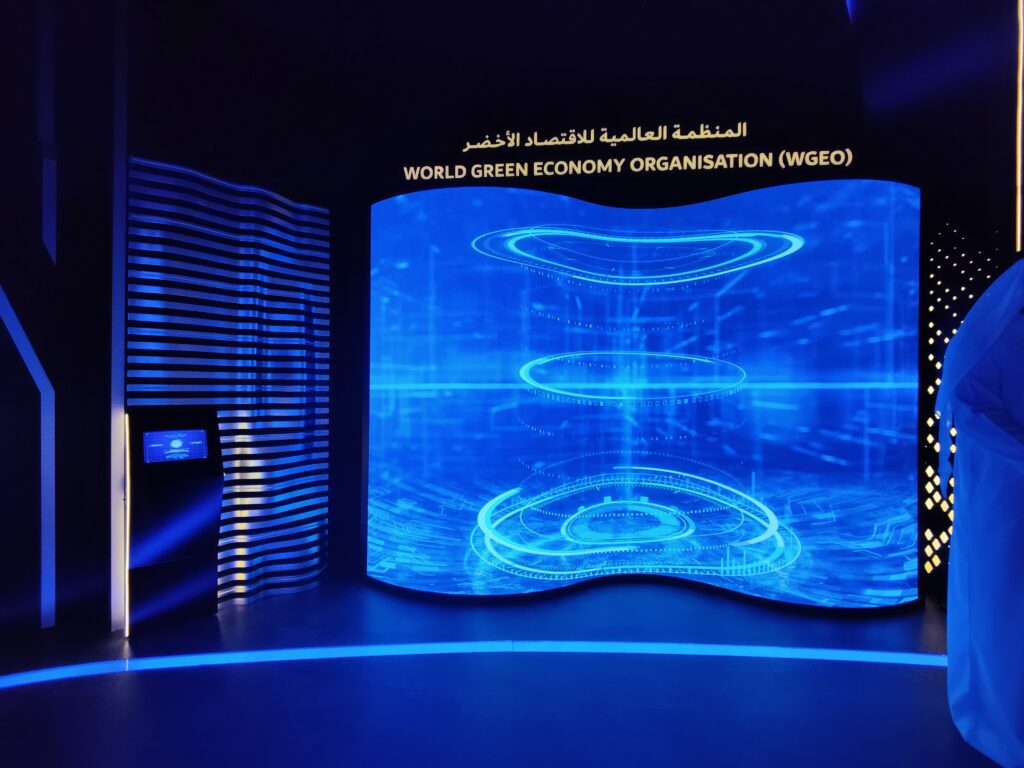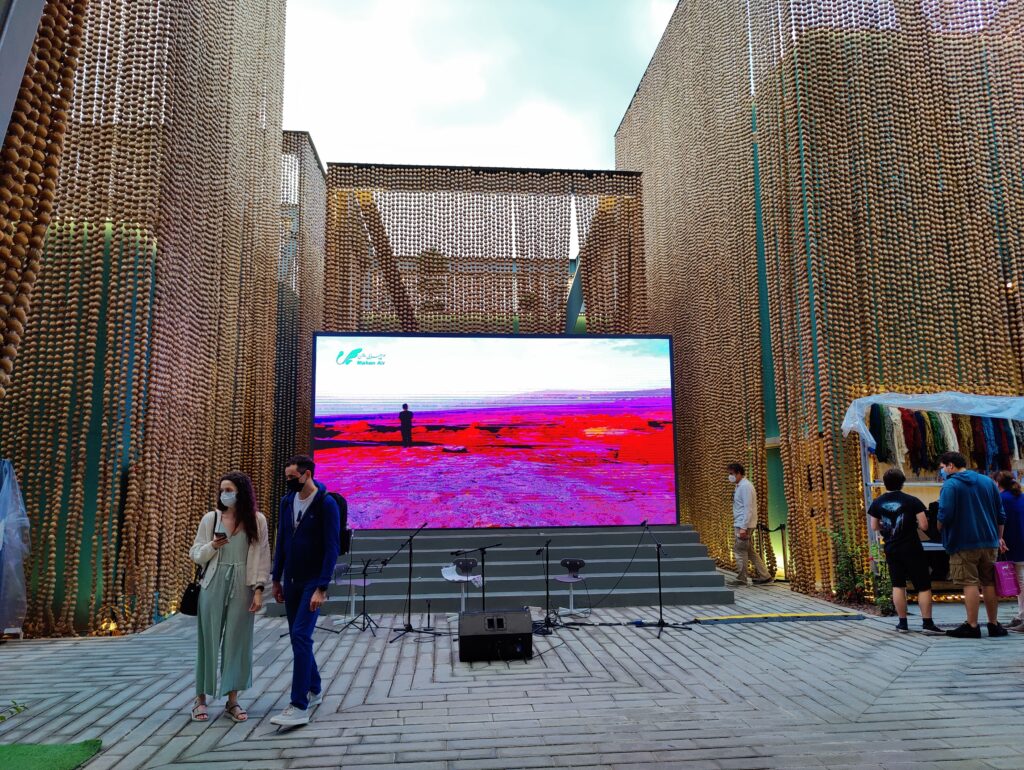In today’s fast-paced, visually driven marketplace, digital displays have become essential for businesses looking to attract attention and engage customers. Among the most powerful tools available are LED screens, which offer vibrant visuals, high flexibility, and impressive durability. However, choosing between indoor and outdoor LED screens can be challenging, especially if you’re unsure about the specific applications, features, and environmental requirements.
At DAC LED Advertising, a trusted LED screen supplier in Saudi Arabia , we specialize in helping businesses find the right digital display solutions. This guide dives deep into the pros, cons, and best use cases for indoor and outdoor LED screens so you can make an informed decision.

What Are LED Screens?
LED (Light Emitting Diode) screens are made up of thousands of tiny LEDs that emit light and create vibrant, dynamic images. They’re commonly used for advertising, event staging, digital signage, and information displays.
There are two main types:
- Indoor LED Screens: Installed inside buildings for controlled environments.
- Outdoor LED Screens: Built to withstand harsh weather and sunlight.
Each serves a distinct purpose, and choosing the wrong type can affect visibility, longevity, and ROI.

Key Differences Between Indoor and Outdoor LED Screens
1. Brightness and Visibility
Indoor LED Screens:
- Lower brightness levels (usually 800 to 1500 nits)
- Ideal for environments with controlled lighting
- Prevents eye strain in closed spaces
Outdoor LED Screens:
- High brightness (2500 to over 7000 nits)
- Designed to compete with sunlight and harsh ambient light
- Ensure clear visibility even on bright days
2. Weather Resistance
Indoor LED Screens:
- Not weatherproof
- Sensitive to humidity, dust, and temperature extremes
- Require climate-controlled environments
Outdoor LED Screens:
- Fully weatherproof (IP65 or higher ratings)
- Built with waterproof casing, anti-UV materials
- Withstand rain, sandstorms, and high temperatures in places like Saudi Arabia and the UAE
3. Pixel Pitch and Resolution
What is Pixel Pitch?
- Distance between the centers of two adjacent pixels (measured in mm)
- Lower pitch = higher resolution
Indoor LED Screens:
- Fine pixel pitch (P1.5 to P4)
- High resolution for close viewing (2 to 5 meters)
- Ideal for retail, boardrooms, and exhibitions
Outdoor LED Screens:
- Coarser pixel pitch (P5 to P10+)
- Designed for long-distance viewing (10 meters+)
- Lower resolution but acceptable at greater distances
4. Installation Requirements
Indoor LED Screens:
- Lighter and slimmer
- Easier to install on walls, ceilings, or freestanding mounts
- Often plug-and-play or modular setups
Outdoor LED Screens:
- Heavier with reinforced frames
- Require secure foundations or building integration
- Often need permits and structural assessments
5. Maintenance and Lifespan
Indoor LED Screens:
- Lower maintenance needs
- Fewer environmental risks
Outdoor LED Screens:
- Higher maintenance due to weather exposure
- Must regularly check waterproofing, power supplies
Use Case Scenarios
Ideal Uses for Indoor LED Screens
- Retail displays in malls and showrooms
- Digital menu boards in restaurants and cafes
- Corporate presentation rooms
- Trade shows and exhibition booths
- Entertainment venues and cinemas
Ideal Uses for Outdoor LED Screens
- Highway billboards and digital hoardings
- Stadium scoreboards and arena displays
- Outdoor concerts and festivals
- Public information boards
- Storefront advertising in high-traffic areas
Cost Considerations
Indoor LED Screens:
- Generally lower cost per square meter
- Lower brightness requirements reduce energy usage
Outdoor LED Screens:
- Higher upfront costs due to rugged features
- Higher operational costs (cooling, power, maintenance)
Which One Is Best for Your Business?
Ask yourself the following:
- Where will the screen be used? Indoors or exposed to the elements?
- What is the viewing distance? Close-up requires finer resolution.
- Is weather resistance a factor? Especially in places like the UAE and Saudi Arabia
- What is your audience size and location? High-traffic outdoor locations benefit from larger, brighter screens.
- What is your budget? Indoor screens are often more cost-efficient for smaller spaces.
Why Choose DAC LED Advertising?
DAC LED Advertising is a premier LED screen supplier in Saudi Arabia , with a proven track record in:
- Customized indoor and outdoor LED installations
- Turnkey rental and maintenance services
- High-quality LED modules: SMD, COB, GOB
- Technical expertise and after-sales support
- Serving corporate, retail, events, and public sectors
Whether you need a high-resolution display for your retail store or a durable LED billboard for outdoor branding, DAC LED Advertising delivers reliable, scalable, and visually stunning solutions.
Conclusion
Both indoor and outdoor LED screens have distinct strengths. Your choice depends on location, audience, budget, and purpose. With expert guidance, you can maximize visibility, customer engagement, and ROI.
Still unsure which LED screen is right for you? Let our team help you decide.
Other services:
indoor led screen supplier in Saudi Arabia | led screen suppliers in KSA | signages company in Saudi Arabia | led screen supplier in Saudi Arabia | signage suppliers in Saudi | led display screen suppliers in KSA | outdoor led screen supplier in riyadh